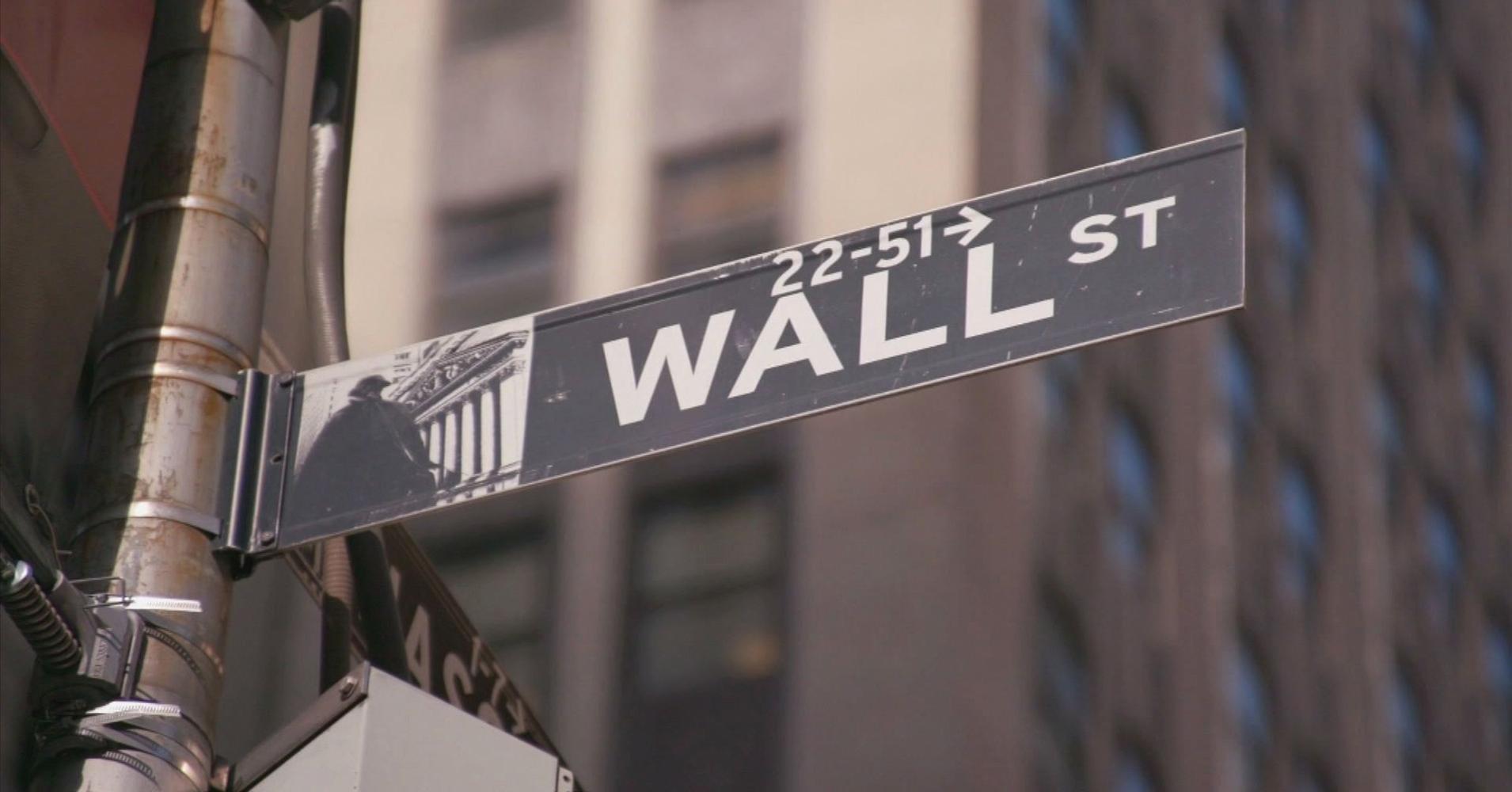
The U.S. stock market on Friday posted one of its best weekly performances in years, recapturing half of the losses from the startling market correction earlier this month and discovering a new “wall of worry” to climb.
The S&P 500 SPX, +0.04% closed nearly flat at 2,732. 22 on Friday and booked a 4.3% weekly gain, and is now only 5% below the all-time peak set in January. Dow industrials DJIA, +0.08% also halved its peak-to-trough losses, while both indexes are up about 2% year to date.
The latest six-day advance was only briefly interrupted Friday by the indictment of 13 Russian citizens for allegedly interfering in the 2016 U.S. election.
Investors will have a chance to reflect on the performance over a three-day weekend, with U.S. financial markets closed on Monday in observance of the Presidents Day holiday.
Erin Browne, head of asset allocation at UBS in a note to clients said the recent selloff that sent markets into their first 10% correction in two years had been primarily driven by technicals rather than fundamentals.
“Events over the past few weeks serve as a salutary reminder of both the dangers of crowded positions and of the power of technical forces when combined with consensual positioning,” Browne said.
“Importantly, we do not believe that the very strong global growth and earnings backdrop has suddenly evaporated,” she said.
Indeed, the fourth-quarter earnings season has been quite remarkable. According to John Butters, senior earnings analyst at FactSet, out of around 400 S&P 500 companies who have reported results, 75% beat on profits and 78% beat sales estimates.
Whether the stock market fully regains confidence in earnings and the economy will become clear in the next few weeks.
So far, a V-shaped recovery is taking hold, matching the speed of the decline, though investors aren’t quite out of the woods yet, according to Quincy Krosby, chief market strategist at Prudential Financial.
“Seasoned investors will be watching for the retests of the lows. For now, we just added a new wall of worry to climb and that is inflation,” said Krosby.
The wall of worry is a term used to describe the stock market’s tendency to overcome potentially negative factors as it climbs. It’s a contrarian concept in that investors fear stocks can stall once the concerns making up the wall of worry have been dispatched.
Interestingly, fears of rising inflation and higher borrowing costs—whether rational or irrational—were blamed for triggering the stock market selloff in the first place.
See: The stock market and the bond market have struck a truce
“We are no longer in the Goldilocks environment, when bad news was good news. Now, the good news is seen as bad news. The market is trying to figure out whether the growth in earnings will keep up with the pace of inflation,” Krosby said.
Investors have reasons to fear inflation, even though it has remained subdued for a long time. Even the latest data show that inflation is still below trend and the Federal Reserve’s target of 2%.
Higher inflation and subsequent higher borrowing costs can destabilize companies and households with high debt levels. Unwinding of highly leveraged portfolios would almost certainly hit risky assets such as stocks or junk bonds.
But even if stocks post positive returns amid heightened volatility, higher inflation (whether driven by solid economic growth or not) would reduce real returns or both stocks and bonds.
What has changed in the big picture is how the Fed operates in an environment of rising inflation and rising interest rates, Krosby said.
“We’re in a situation where the Fed is actively trying to reduce their balance sheet by selling bonds at the same time when the government will need to borrow more than a trillion dollars to finance the deficit. Yields will have to go higher,” Krosby said.
“Markets will be fine with higher yields and higher inflation as long as the economy is solidly expanding and companies are able to pass on the price hikes onto the consumers,” Krosby said.
Next week, investors will be able to get some clues about the Federal Reserve’s thinking from the minutes of the January policy meeting, the last chaired by Janet Yellen.
The new chairman, Jerome Powell, in remarks during his swearing-in ceremony on Feb. 13 suggested that the Fed will push ahead with scheduled rate increases. Meanwhile, other policy makers played down market volatility.
Apart from Fed minutes due on Wednesday at 2 p.m. Eastern, the calendar is light on economic news. Flash PMI and existing home sales figures are due on Wednesday and weekly jobless claims are due on Thursday.
Several Fed officials are also scheduled to speak. Philadelphia Federal Reserve Bank President Patrick Harker and Minneapolis Federal Reserve Bank President Neel Kashkari are scheduled to speak on Wednesday. New York Federal Reserve Bank President William Dudley is slated to speak on Thursday, while Cleveland Federal Reserve Bank President Loretta Mester and San Francisco Federal Reserve Bank President John Williams have speaking engagements on Friday.

